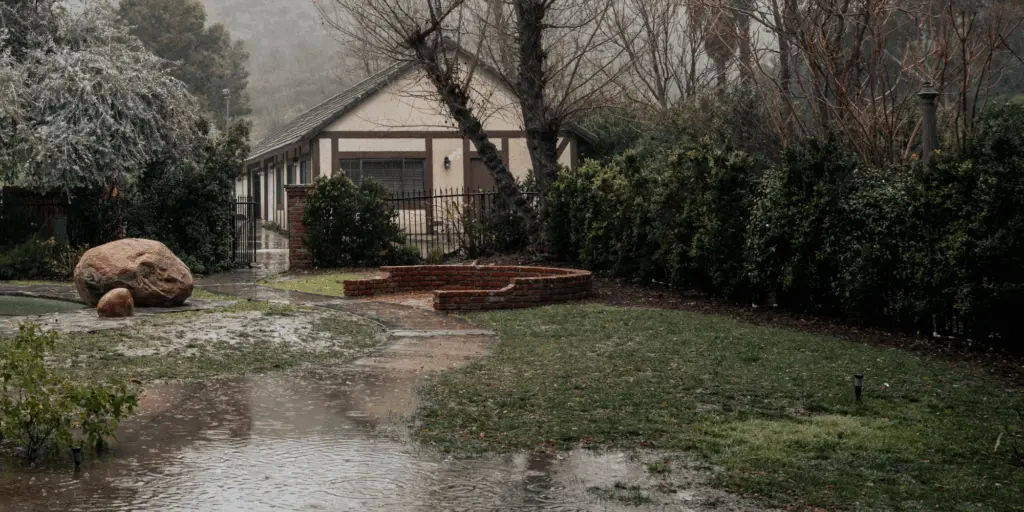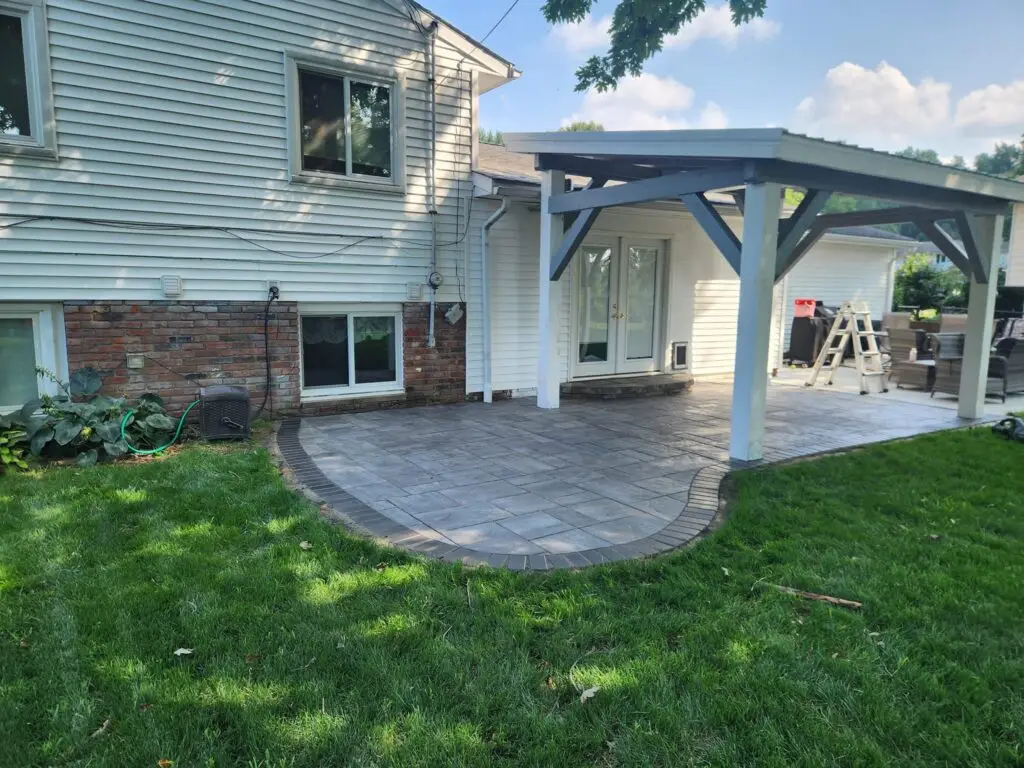Poor drainage in your yard can lead to a host of problems—dead grass, foundation damage, mold, and even pest infestations. While standing water is an obvious red flag, drainage issues often go unnoticed until serious damage is done.
Fortunately, there are several early warning signs you can watch for. Here are 7 ways to spot poor drainage in your yard—before it becomes a costly headache.
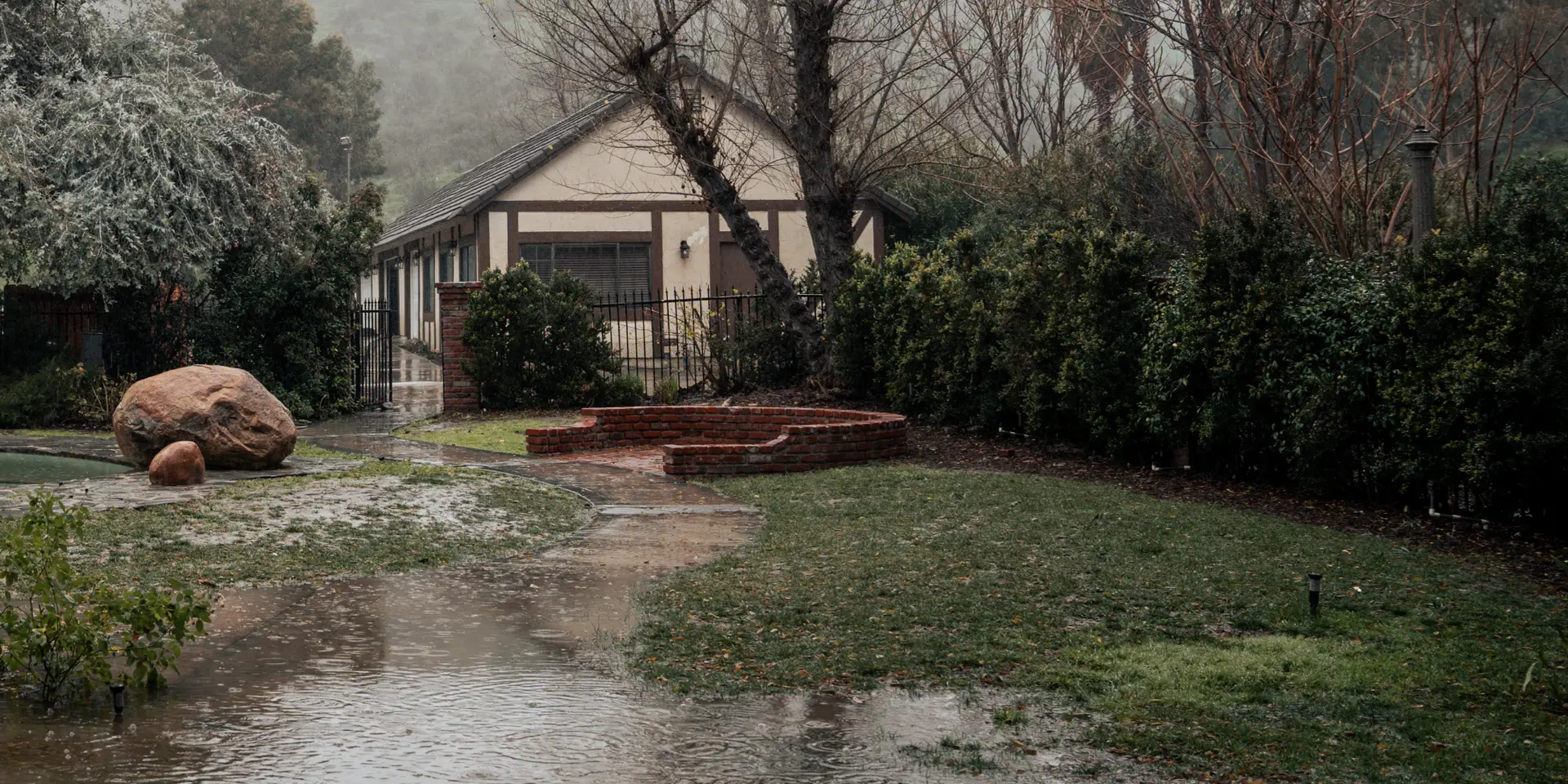
1. Standing Water After Rain
If water pools in certain areas and lingers for more than 24–48 hours after rainfall, it’s a clear sign of poor drainage. These low spots can saturate your lawn, damage plants, and promote mosquito breeding.
Tip: Walk your yard after a heavy rain and note where water accumulates—it’s often where the soil is compacted or the grading is uneven.
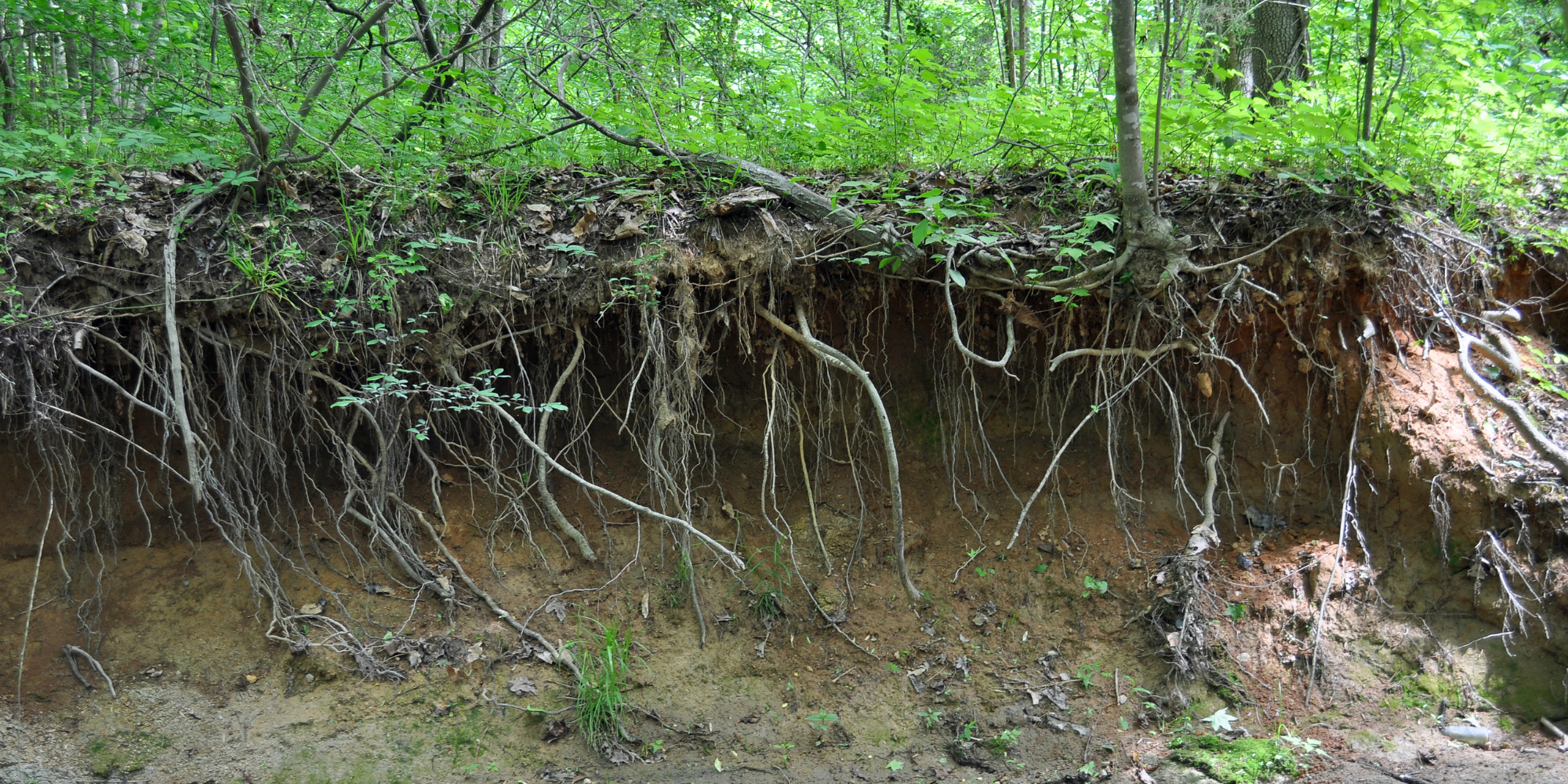
2. Soil Erosion
You may notice bare patches of soil, exposed roots, or mulch that constantly washes away. This typically means water is moving too quickly through parts of your yard due to poor grading or a lack of barriers to slow runoff.
Look for: Washed-out garden beds, ruts in your lawn, or sediment buildup at the bottom of slopes.
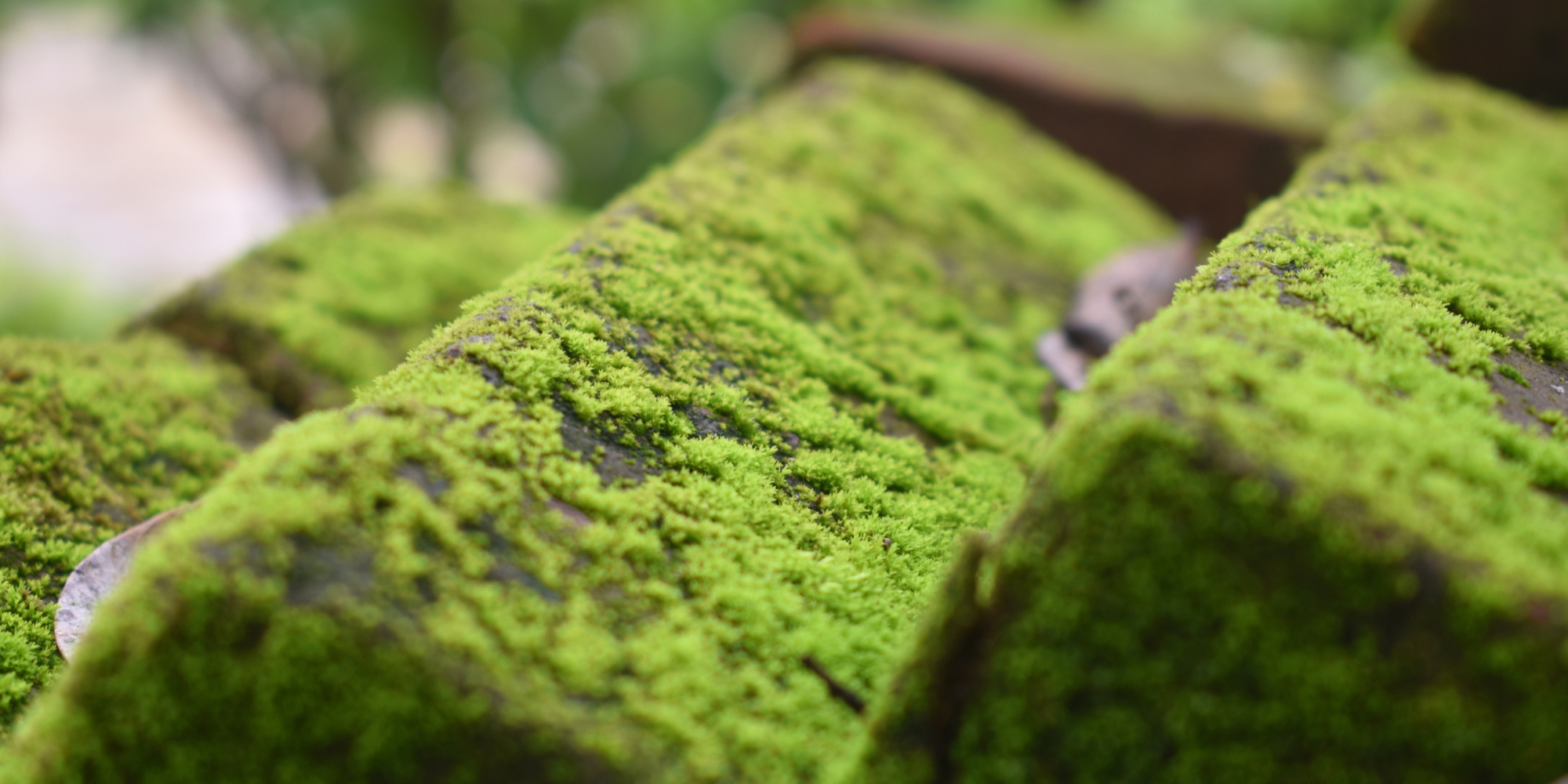
3. Moss or Algae Growth
Moss thrives in damp, shaded areas. If you notice excessive moss or algae on your lawn, patio, or walkway, it could be due to consistently wet ground or poor drainage in that part of your yard.
Keep in mind: Moss is often a symptom—not the root cause—of deeper water retention problems.
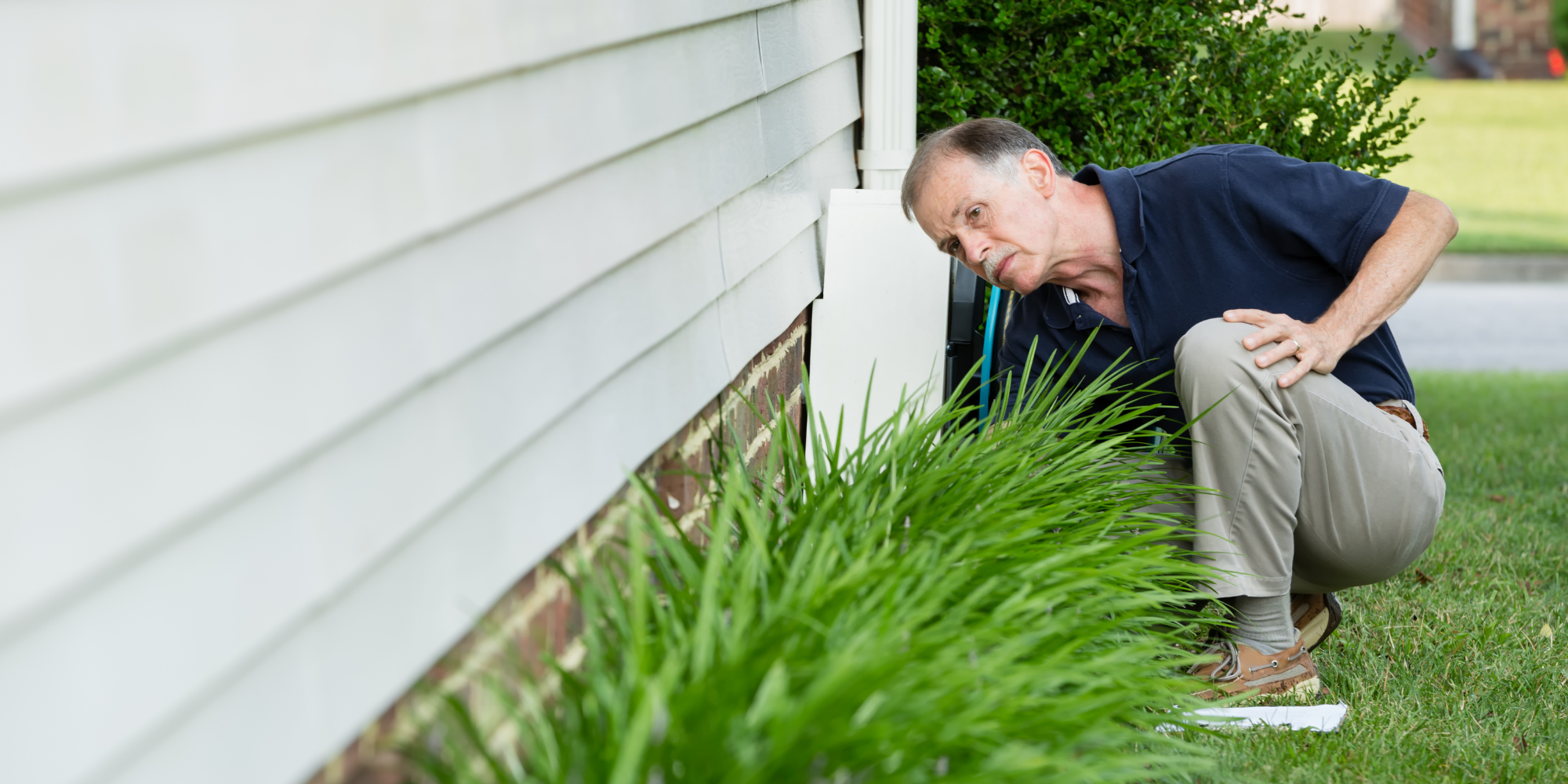
4. Water Stains or Mold on Foundations
If you see water marks, green stains, or mold on your home’s foundation, it often means water is not draining away properly. Over time, this can lead to foundation cracks or basement leaks.
Check near: Downspouts, corners of your home, and low-lying garden beds that may be directing water toward the foundation.
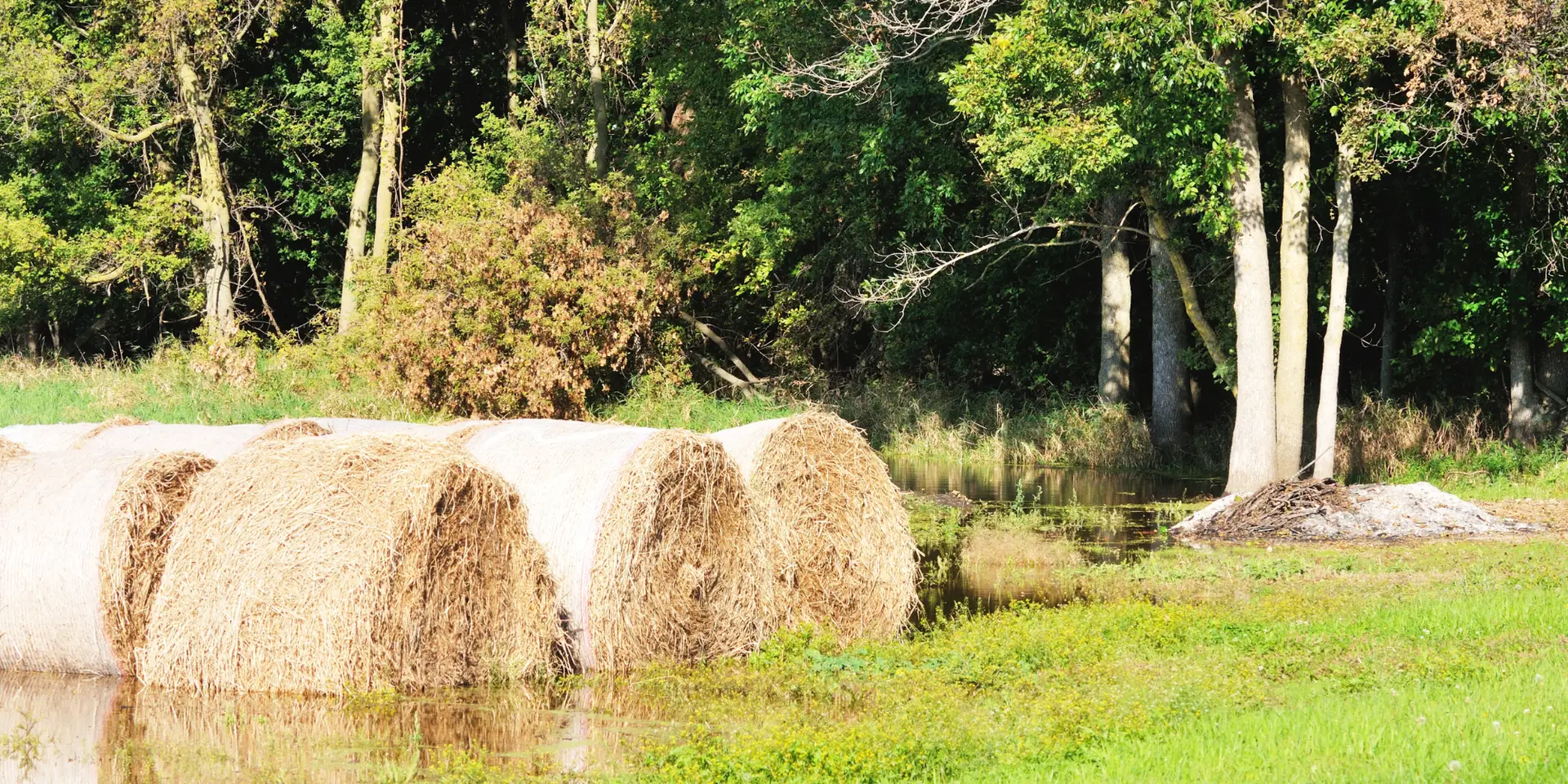
5. Spongy or Soggy Lawn
If your grass squishes underfoot days after a storm or sprinkler use, it’s likely that water isn’t draining efficiently. Constant moisture can drown plant roots and encourage fungal diseases.
Test it: Press your foot into the soil—if water seeps up or the soil feels mushy, drainage is an issue.

6. Puddles Around Downspouts
Downspouts are designed to carry water away from your home, but if they dump water directly at the base, it can lead to water pooling and erosion. This is often a simple fix with extensions or splash blocks.
Watch for: Erosion, puddles, or muddy spots near your downspout outlets.
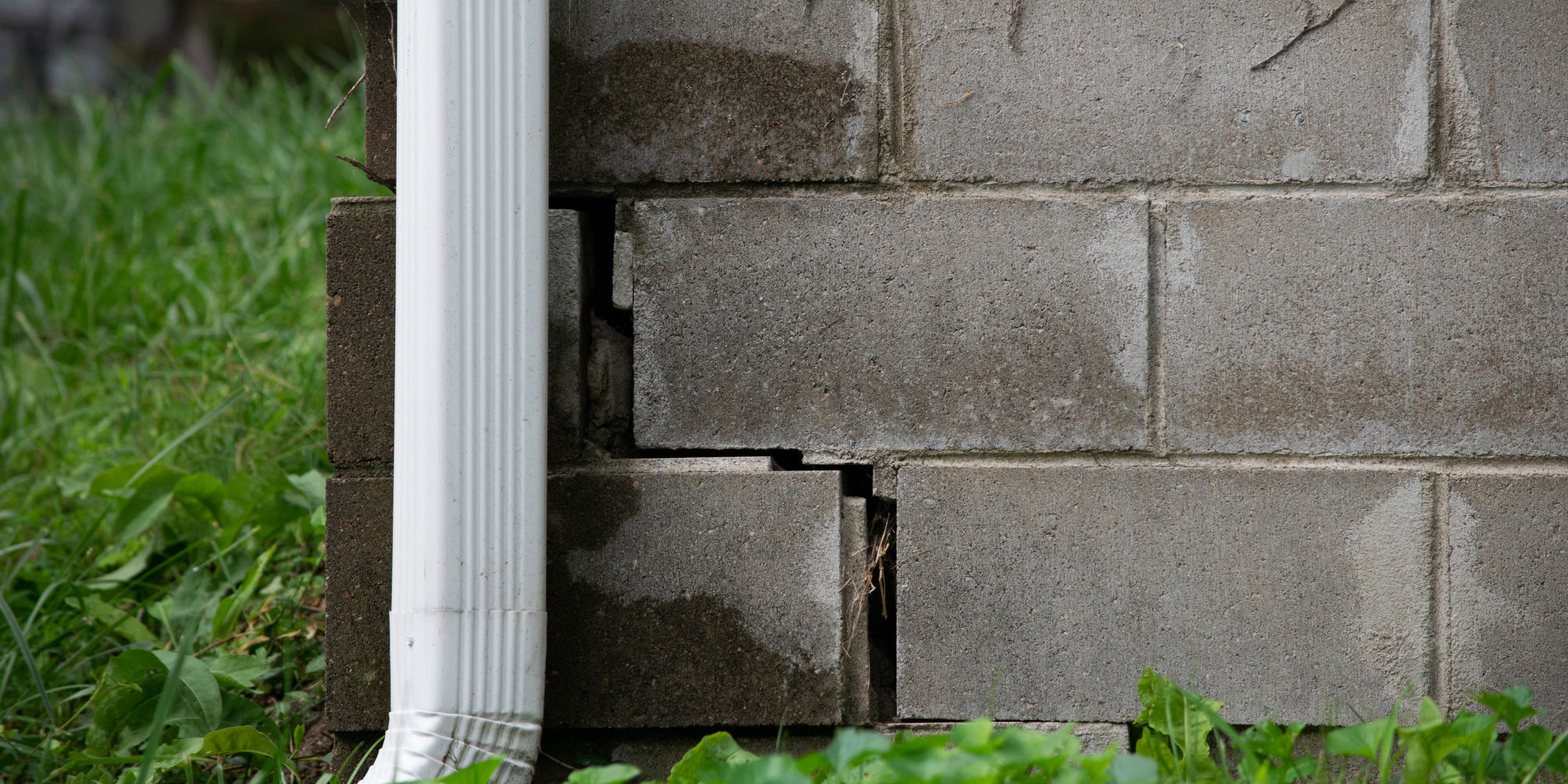
7. Cracks in Driveways or Walkways
Water that flows or pools under hardscapes can cause shifting, cracking, or heaving over time. If your pavers, concrete, or paths are starting to separate or tilt, it might be a sign of poor subsurface drainage.
Solution: You may need to regrade the area or install a drainage system beneath the surface.
What to Do if You Spot These Signs
If you’re seeing one or more of these drainage red flags, consider these solutions:
- Regrading to redirect surface runoff
- French drains to carry water underground
- Dry wells or rain gardens to absorb excess water
- Downspout extensions to move water away from the foundation
- Soil aeration and amendments to improve infiltration
Poor drainage isn’t just an inconvenience—it can seriously damage your landscape and home over time. By spotting the signs early and addressing them quickly, you can protect your property and enjoy a healthier, drier yard year-round. Our team at Scenic-FX is here to help! Contact us today for a free project estimate.

